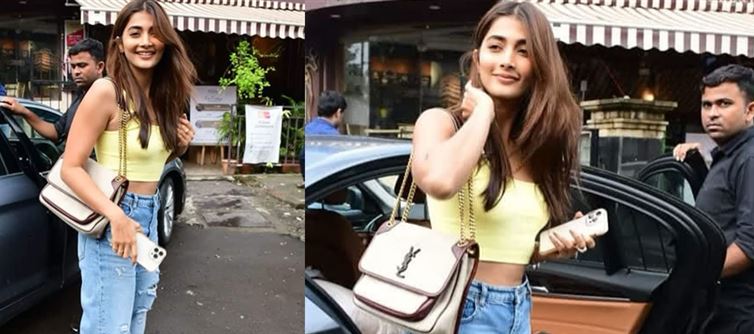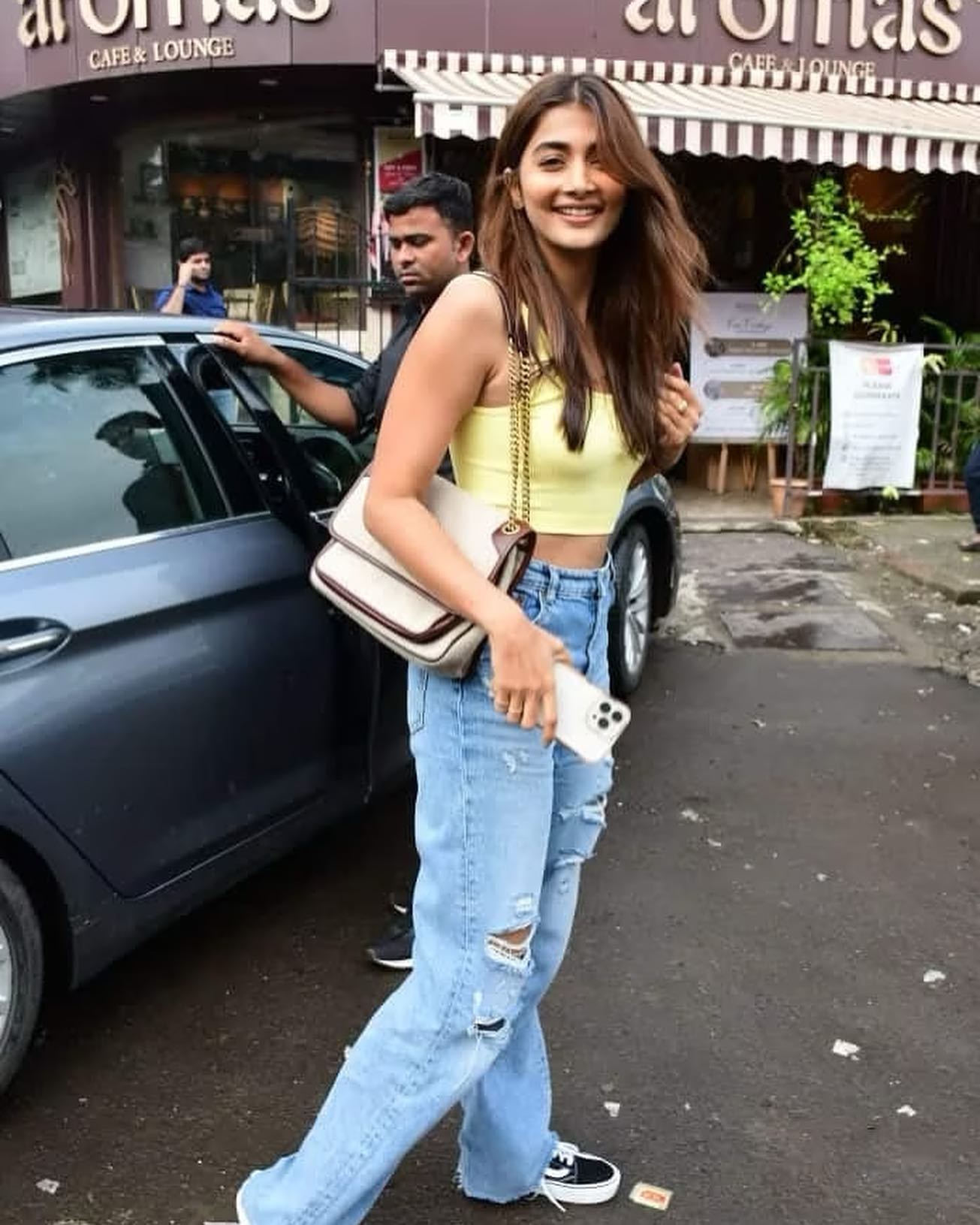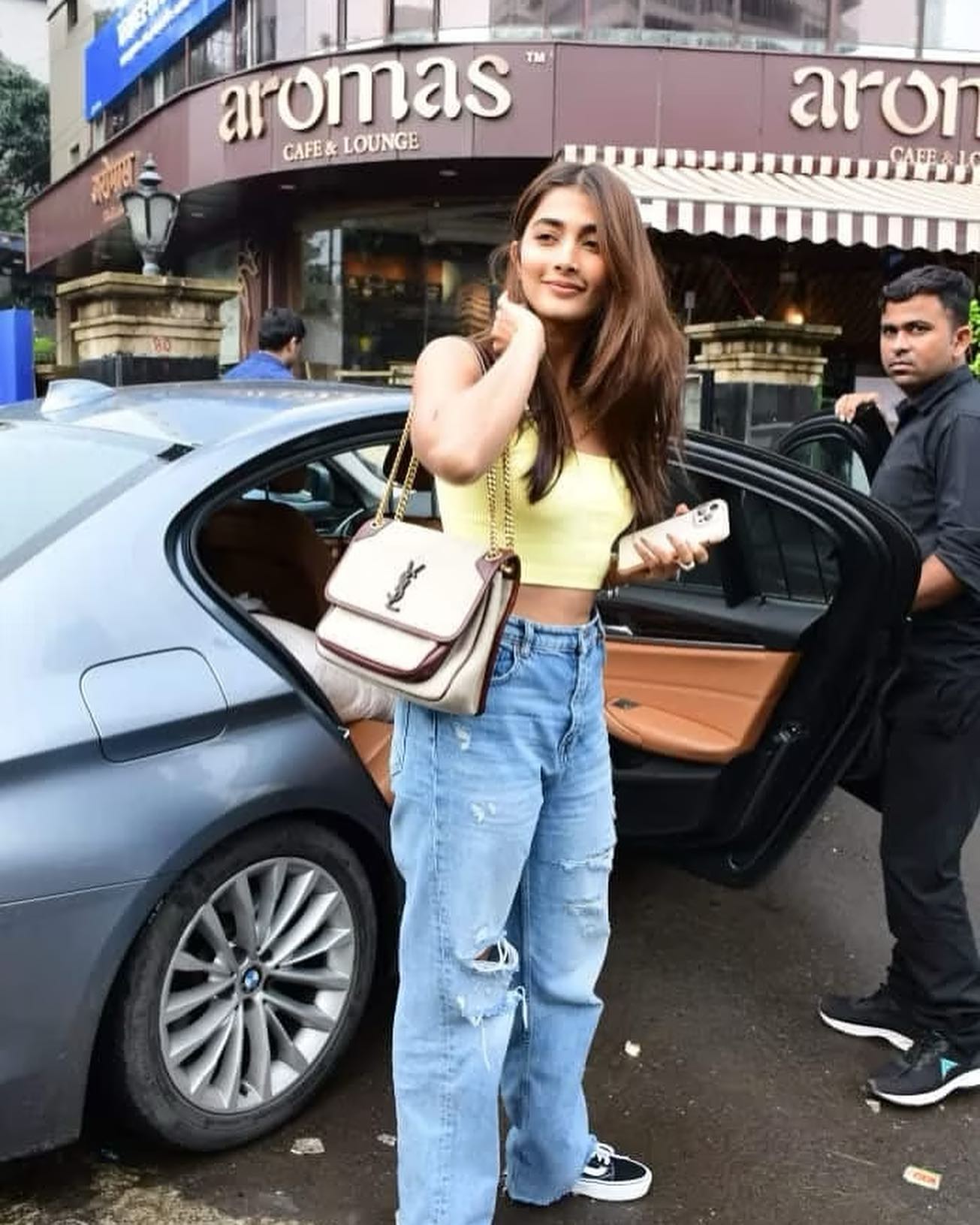
Many netizens reacted to the response with mixed feelings. While some appreciated the straightforward and culturally relevant answer, others criticized the very nature of such a question, pointing out how skin color continues to be unnecessarily highlighted, especially when it comes to female celebrities.
 The use of terms like “wheatish” and “dusky,” though normalized in regional beauty standards, often carries implicit biases — frequently tied to outdated notions of fairness as the ideal. This moment once again brings to the surface the complex relationship between beauty, colorism, and public perception in India.
The use of terms like “wheatish” and “dusky,” though normalized in regional beauty standards, often carries implicit biases — frequently tied to outdated notions of fairness as the ideal. This moment once again brings to the surface the complex relationship between beauty, colorism, and public perception in India. Pooja Hegde herself has never made her skin tone a central talking point in interviews, choosing instead to focus on her work across Tamil, Telugu, and hindi cinema. However, instances like these show how public discourse still often reduces female actors to physical attributes rather than their talents. While AI models like Grok merely reflect data from the internet, such answers can unintentionally perpetuate stereotypes unless carefully framed. This incident underscores the need for more responsible conversations around beauty standards — both in media and in emerging technologies.
Pooja Hegde herself has never made her skin tone a central talking point in interviews, choosing instead to focus on her work across Tamil, Telugu, and hindi cinema. However, instances like these show how public discourse still often reduces female actors to physical attributes rather than their talents. While AI models like Grok merely reflect data from the internet, such answers can unintentionally perpetuate stereotypes unless carefully framed. This incident underscores the need for more responsible conversations around beauty standards — both in media and in emerging technologies.




 click and follow Indiaherald WhatsApp channel
click and follow Indiaherald WhatsApp channel